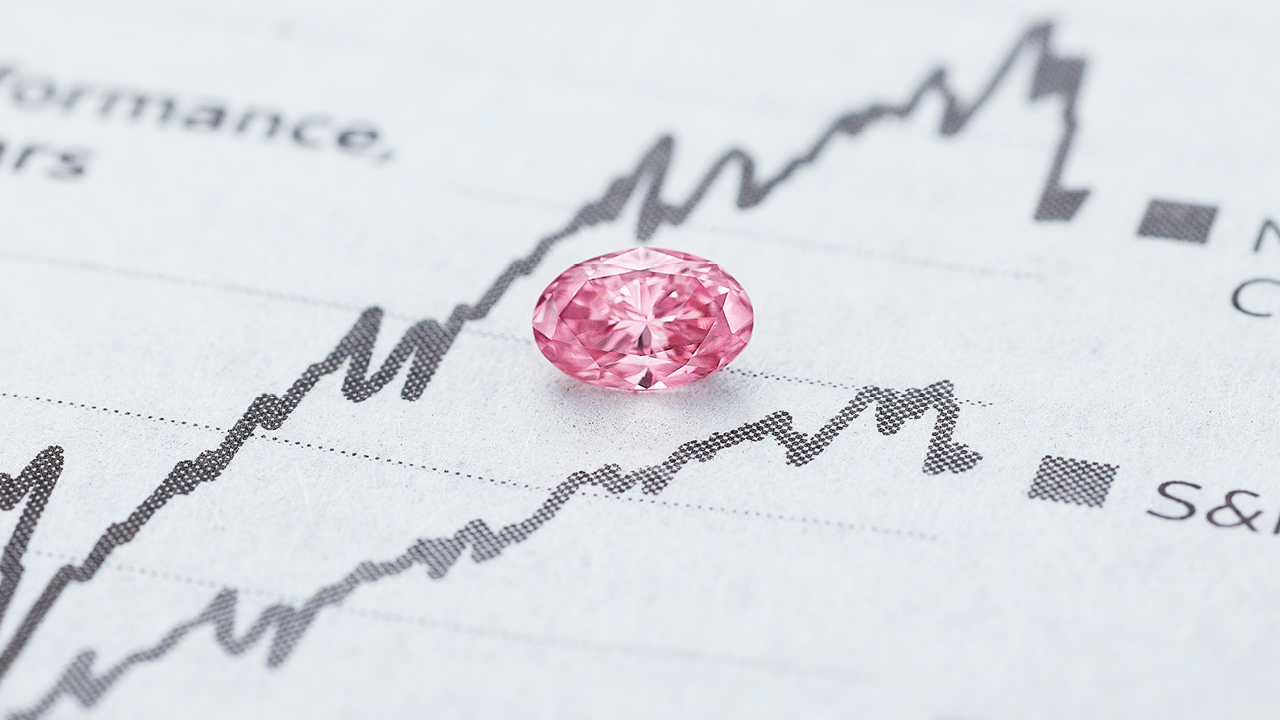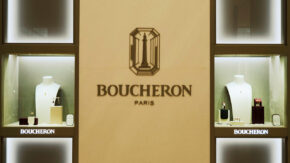Diamonds have been a portable store of wealth for centuries, and the investment prospects they offer are evolving with the times.
Back in the glamorous 1980s, there was a popular commercial for actress Elizabeth Taylor’s White Diamonds fragrance. In it, a gambler finds himself with inadequate funds to call a bet. La Liz steps in, removes a single diamond earring (no doubt worth seven figures), and throws it on top of the cash to place the wager. This singular deed doesn’t just encourage us to buy perfume; it crystallizes diamonds’ status as one of the most portable and concentrated forms of wealth.
It’s been that way for centuries. Gem-quality diamonds are so valuable that they were once used to negotiate treaties hundreds of years ago. There are numerous stories describing people trading diamonds during difficult times for necessities such as cash, food, shelter, and sometimes lives. Today, companies are finding new ways of leveraging a diamond’s value.
Share and share alike
New York-based firm Luxus is opening a window into the future of diamond investing. Its platform offers fractional ownership in high-end diamonds and jewelry. This model enables multiple investors — ranging from banks and wealth-management companies to private consumers — to own shares in a publicly traded diamond.
The concept, which dates back to the 17th century, has been difficult for people to understand, acknowledges Israeli-born Dana Auslander, Luxus’s founder and CEO. Both regulatory and fungibility issues have kept diamonds from becoming a recognized investment. “Unlike gold, if you break up a diamond, the parts do not equal the whole,” she explains, adding that “diamond funds existed [before], but fundraising was difficult,” and there were limits on the dollar value and the number of investors allowed. Recent changes to the regulations, however, have made it possible to securitize diamonds — to turn them into publicly traded assets.
That’s exactly what Luxus has done. Of course, not just any diamond makes the cut. The stone must be exceptional, and it has to have a story. One of the company’s proof-of-concept offerings was an 11.74-carat, fancy-vivid-yellow diamond called the Golden Dahlia. The other was a rare pink diamond from Australia’s famed Argyle mine, which closed in November 2020.
After choosing the stone, Luxus securitizes the diamond, has it evaluated by the Gemological Institute of America (GIA) and/or the International Gemological Institute (IGI), and then presents it to the market in an initial public offering (IPO).
Following the IPO, the diamond goes on display at jeweler Kwiat in New York, where the investors can visit until the stone sells to the private market — at which point, the investors receive their share of the proceeds. Luxus sets that sale price above wholesale to ensure a reasonable return on investment, but below retail so the buyer still receives an attractive deal and can sell it at a markup later if desired.
It should come as no surprise that the company’s model has caught the attention of the young tech crowd, which has responded positively. The Luxus platform opens up an opportunity that was previously accessible only to the ultra-rich; it takes the concept of a diamond as concentrated, portable wealth and adapts it for the 21st century.
On the block
A more traditional way to amass diamond wealth is the auction circuit. Carrying around $1 million in $100 bills is cumbersome and inconvenient; the cash would weigh about 22 pounds. But a 14.62-carat diamond — just over a tenth of an ounce — can sell for $58 million at Christie’s, as the famed Oppenheimer Blue did in 2016. And the 18.96-carat Winston Pink Legacy netted $50.7 million at the auction house in 2018.
While these rare sparklers may be out of reach for most investors, there are more down-to-earth diamonds achieving strong prices at auction all the time. Some examples from this year alone include a 3.01-carat mounted stone that sold at Sotheby’s in May for CHF 44,100 ($45,260), and a 23.30-carat, fancy-yellow diamond ring that brought in $327,600 at Christie’s in August. At the latter auction, which took place online, the achieved prices for diamond lots ranged from $7,560 to $491,400. Live sales usually go even higher for good-quality stones.
In terms of value for size, then, diamonds are a solid option for those looking to make a compact but lucrative investment.
Image: Luxus



